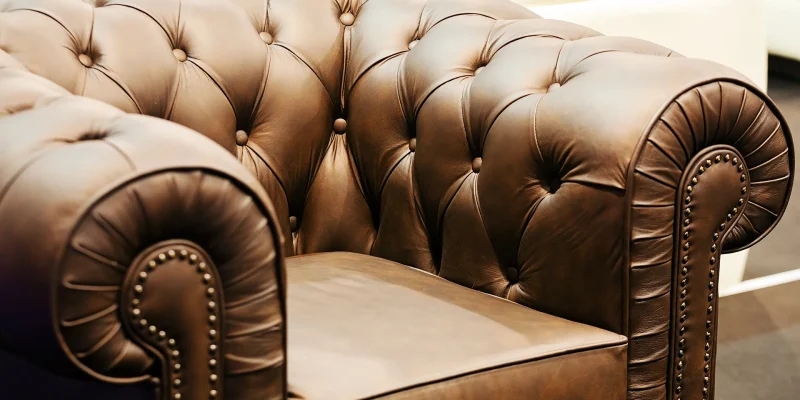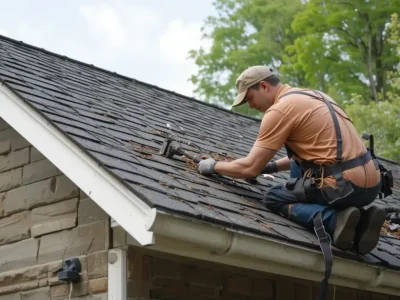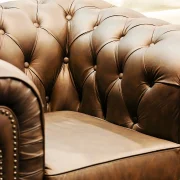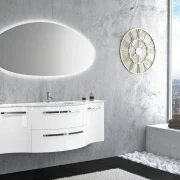Understanding furniture upholstery for homeowners contemplating restoration projects requires delving into a craft that combines engineering, artistry, and practical knowledge accumulated over centuries. The decision to reupholster rather than replace furniture involves assessing structural integrity, considering environmental impact, and recognising quality construction that merits preservation. In markets from Singapore to Stockholm, this traditional craft adapts to contemporary needs whilst maintaining core principles unchanged for generations.
The Fundamentals of Furniture Upholstery
Furniture upholstery encompasses the materials, padding, springs, webbing, and fabric that transform a bare frame into comfortable, functional seating. The craft involves multiple layers working together. Webbing provides the foundation, typically jute strips interwoven across the frame. Springs, either coil or sinuous, add resilience and support. Padding layers create shape and comfort. Finally, outer fabric provides the visible surface.
This layered construction explains why quality upholstered furniture can last decades. Each component serves specific purposes. Understanding this structure helps evaluate whether furniture merits restoration or replacement.
Traditional Versus Modern Upholstery Methods
Traditional hand-tied spring upholstery represents the pinnacle of the craft. Eight-way hand-tied springs, individually secured and tied together with twine, create superior support and longevity. This method requires substantial skill and time, making it expensive but exceptionally durable.
Modern methods often employ sinuous springs or elastic webbing, faster to install and adequate for many applications. High-density foam has largely replaced natural padding materials. Staple guns have supplanted hand-tacking. These changes reduce costs and completion times but may compromise longevity.
The choice between traditional and modern techniques depends on furniture value, intended use, and budget. Antique pieces merit traditional restoration. Contemporary furniture often benefits from modern materials suited to current lifestyles.
Common Furniture Types Requiring Upholstery
Various furniture categories regularly require upholstery services:
- Sofas and settees, the workhorses of living spaces
- Dining chairs facing daily use and frequent spills
- Armchairs and recliners requiring specialised mechanisms
- Ottomans and footstools serving multiple functions
- Headboards adding bedroom comfort and style
- Benches and window seats for awkward spaces
Each type presents unique challenges. Dining chairs need durable, stain-resistant fabrics. Recliners require careful attention to mechanical components. Headboards demand precise measurements and wall-mounting considerations.
Assessing Whether Furniture Merits Reupholstery
Not every piece justifies restoration investment. Frame quality stands paramount. Solid hardwood frames, properly joined, can last indefinitely. Particleboard or softwood frames may not warrant expensive fabric and labour.
As one experienced craftsman observed, “The frame tells the furniture’s story. Quality bones justify quality clothing.” This wisdom guides practical decision-making.
Construction method provides another indicator. Look for corner blocks, proper joinery, and reinforcement. Hand-finished details suggest superior original construction. Sentimental value, whilst not financial, legitimately influences decisions about family heirlooms.
Fabric Selection for Upholstery Projects
Choosing appropriate fabric represents a critical decision in furniture upholstery work. Durability ratings, measured in double rubs using the Martindale test, indicate wear resistance:
- Light domestic use: 15,000 to 20,000 rubs
- General domestic use: 20,000 to 30,000 rubs
- Heavy domestic use: 30,000 to 40,000 rubs
- Commercial applications: 40,000 plus rubs
Natural fibres like linen, cotton, and wool offer breathability and traditional aesthetics but may wear faster. Synthetic blends provide enhanced durability and stain resistance. Performance fabrics incorporate technology protecting against spills, fading, and wear.
Climate considerations affect fabric choice. In Singapore’s humidity, synthetic content resists mould better than pure natural fibres. Temperate climates suit natural materials that breathe without moisture concerns.
Cost Factors in Furniture Upholstery
Multiple variables affect upholstery costs. Furniture size obviously impacts pricing. Complexity matters considerably. Simple dining chairs cost far less than wing chairs with elaborate curves and tufting.
Fabric choice dramatically influences total costs. Basic cotton runs a fraction of designer performance fabrics or leather. Labour rates vary by location and craftsman experience. Additional repairs discovered during disassembly can surprise unprepared clients.
Typical pricing provides rough guidance. A dining chair might cost $100 to $250. A standard sofa ranges from $600 to $1,500. Wing chairs run $400 to $800. These figures fluctuate based on location and specifications.
The Upholstery Process Step by Step
Understanding the workflow helps set realistic expectations. Initial consultation involves examining the piece, discussing requirements, and selecting fabrics. Detailed estimates outline all costs.
Disassembly reveals the furniture’s condition. Craftsmen remove old fabric, padding, and components methodically. Frame repairs address loose joints or structural issues. New webbing and springs replace worn components.
Padding application shapes the furniture and provides comfort. Fabric cutting requires precision, with proper grain direction and pattern matching. Finally, careful fitting and fastening complete the transformation.
Timeline Considerations
Standard furniture upholstery projects typically require four to eight weeks from initial consultation to completion. This accommodates fabric ordering, which may take several weeks for specialty materials. Complex pieces or those requiring extensive repairs need additional time.
Seasonal demand affects availability. Many workshops experience peaks before holidays. Planning ahead ensures better scheduling and avoids disappointment.
Maintaining Upholstered Furniture
Proper care extends upholstery life significantly. Regular vacuuming removes dust and debris that abrade fabric. Rotating cushions distributes wear evenly. Addressing spills immediately prevents permanent staining. Keeping furniture from direct sunlight prevents fading.
Professional cleaning every one to two years maintains appearance and removes embedded soil. Following manufacturer recommendations ensures appropriate care methods for specific fabrics.
Conclusion
The craft of restoring furniture through skilled workmanship connects practical economics with environmental responsibility and aesthetic appreciation. Whether addressing worn family heirlooms, vintage finds, or contemporary pieces showing age, understanding construction quality, appropriate materials, and realistic costs enables informed decisions. In an era of disposable goods, the permanence and customisation possible through skilled work offers compelling advantages. From assessment through completion and ongoing maintenance, the knowledge and attention to detail inherent in quality furniture upholstery delivers results justifying initial investment whilst preserving valuable pieces for continued use.














Comments